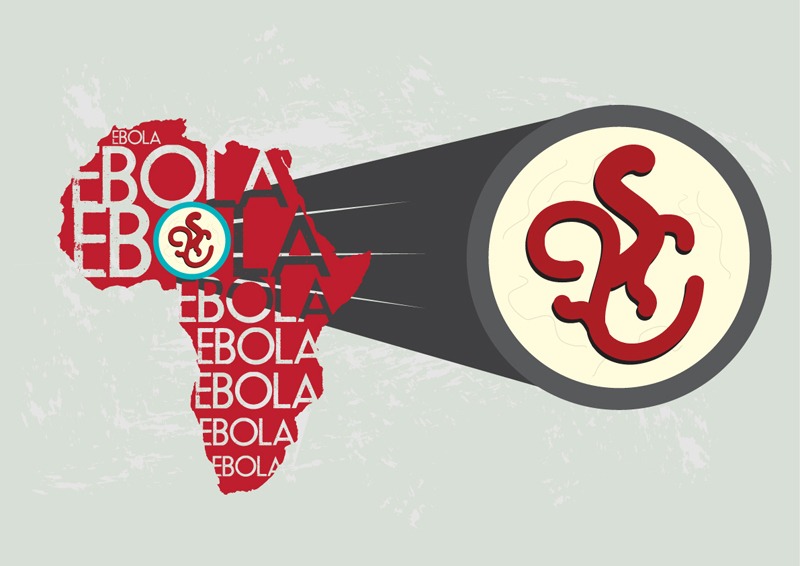
According to a peer-reviewed analysis from scientists at the Johns Hopkins Center for Health Security and Ugandan colleagues, Uganda’s preparedness efforts during the 2018-2020 Ebola virus disease (EVD) outbreaks in the neighboring Democratic Republic of Congo showed the potential value of consistent preparation.
Throughout 2019, Uganda was hit by two importation events of EVD outbreaks from its neighbor. According to “Retrospective identification of key activities in Uganda’s preparedness measures related to the 2018-2020 EVD outbreak in eastern DRC utilizing a framework evaluation tool,” published in PLOS Global Public Health last week, Uganda deserved high marks for consistent success brought about by coordination, health facility preparation, case referral and management, laboratory testing and specimen transport, logistics, and resource mobilization, along with safe and dignified burials.
Trickier points emerged in terms of surveillance, community engagement, vaccination, and refugee efforts, though. While scientists said these may have helped importation responses, the relationship between action and success was less clear. Similarly, point of entry screening brought only mixed results, proving successful during the second important outbreak but not during the first.
According to the authors of the study, this mixed bag meant the key conclusion was one for the future: that other countries responding to similar importation events should consider the use of a framework evaluation tool to further validate its use and determine if preparedness efforts are consistent positives in response activities, or if their efficacy differs event to event and nation to nation. The study offered a new conceptual framework for such evaluations in the future.
In addition to scientists from Johns Hopkins, contributors included researchers from the Center for Health Security, Makerere University School of Public Health, and the Uganda National Institute of Public Health.




